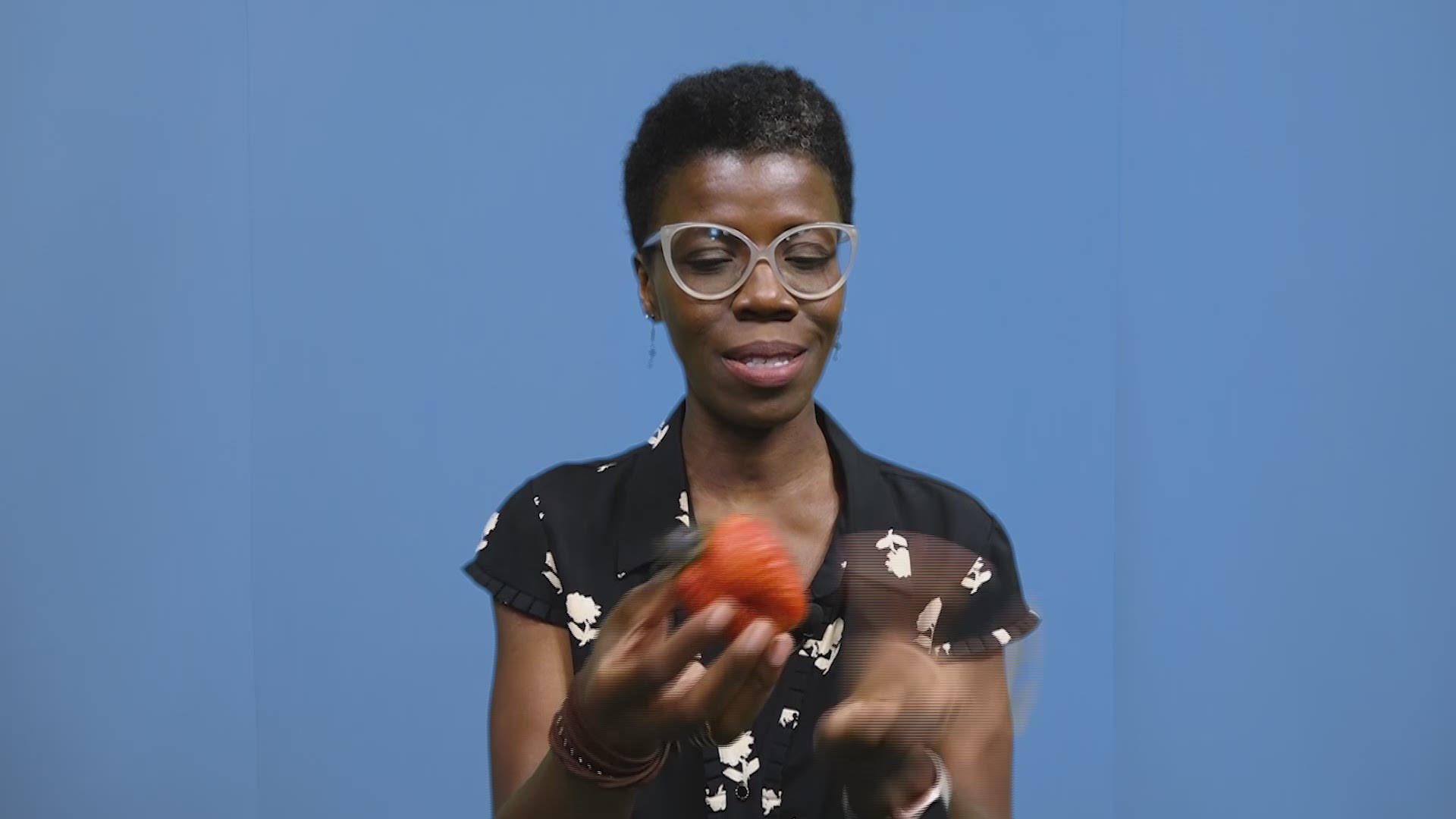WIMAUMA, Fla. — Summer is right around the corner, which means another strawberry harvesting season has come to a close in Florida. But that doesn’t mean the growing process has stopped.
Scientists and researchers at the University of Florida’s Institute of Food and Agricultural Sciences are responsible for creating new varieties of Florida strawberries, which they pass on to local farmers for future harvest.
Depending on the type of breed created in the greenhouses and labs, some strawberry crops produce large berries.
Most of the large berries are featured within the first two weeks of March during the annual Strawberry Festival in Plant City, Fla.
Carl Grooms, who is a strawberry grower and the president of Fancy Farms in Plant City, said he’s seen some of the berries get as large as the palm of his hand.
“It gets to the point where you could hardly get them into a package of a 1-pound container,” he said noting that buyers in the marketplace thought the berries were too large.
How do strawberries get so big?
The University of Florida Institute of Food and Agriculture Sciences has an advanced strawberry breeding program. Alicia Whidden, a small fruit and vegetable agent at UF-IFAS, said the program uses traditional breeding methods.
“We cross the pollen from one flower to the pistols of another flower,” Whidden explained. “This makes a natural hybridization or a natural hybrid.”
Before cross-pollination takes place, UF-IAS researchers and scientists look for the best traits a strawberry has to offer.
Whidden said there are several different factors breeders to take into consideration, including flavor, how well the fruit ships, how it reacts to weather, whether the fruit is resistant to disease and, in some cases, size.
Whidden explained that if you come across a giant strawberry, it's likely from the first hand of fruit in that particular bloom cycle.
Whidden also gave credit to the pleasant weather Florida experienced this winter but warned large fruits might not be around for much longer.
“We had lots of nice warm weather to make the fruit grow really well," Whidden explained. "As we’re getting hotter and the bloom is getting to those smaller flowers, the fruit will get smaller.”
Myth busters: Pesticides and fertilizers
While some people enjoy large strawberries, there are quite a few who might think twice before eating one. Fertilizers and pesticides are the two main reasons why people steer away from large berries. However, Whidden and Grooms said fertilizers and pesticides serve a purpose, but it is not to increase the size of the fruit.
“Pesticides and strawberries are a mainstay ever since we’ve grown them,” said Grooms.
Grooms explained pesticides are used to keep insects and diseases away from their crop.
“If we left them unattended, we probably wouldn’t pick but a handful of berries for the whole season," Grooms said.
“Using pesticides does not change the berries from being small or large,” he continued.
History of breeding strawberries
When you think about fruits starting off in a test tube, the thought alone might be hard to imagine. The first thing people think is that their fruit is genetically modified.
However, there isn’t a single strawberry that is genetically modified in Florida, the United States or the rest of the world, according to Dr. Vance Whitaker and his team at UF-IFAS.
“Anyone who says that strawberries are genetically modified is not educated in the strawberry industry," Grooms said. "But, we do breed varieties, which has been done ever since I was a kid.”
Historically, breeding strawberries began in Europe, and the process has been around for centuries. But it wasn’t until the Plant Patent Act, which passed in 1930, that plant pathologist Harold Thomas and strawberry breeder Earl Goldsmith were legally allowed to start breeding strawberries in the United States.
What other people are reading right now:
- Family was recording birth when their baby was dropped on her head at hospital
- Love bugs are invading Florida: Here's are simple hacks to handle them
- Florida-set horror flick 'Crawl' depicts gators attacking family during hurricane
- Florida's sex offenders are getting older, but nursing homes don't want them
- Sarasota police chief's daughter was shot, but not by the suspect
►Have a news tip? Email desk@wtsp.com, or visit our Facebook page or Twitter feed.

